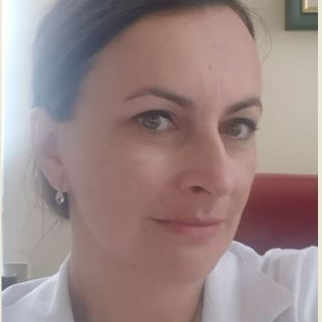Leber Hereditary Optic Neuropathy: Treatment Frontier
A special issue of Journal of Clinical Medicine (ISSN 2077-0383). This special issue belongs to the section "Ophthalmology".
Deadline for manuscript submissions: closed (1 June 2021) | Viewed by 6502
Special Issue Editors
Interests: eye surgery; glaucoma; neuro-ophthalmology; retinopathy
Interests: ophthalmology; vitreoretinal surgery; eye trauma; retinal dystrophies; optic neuropathies; cataract surgery
Special Issues, Collections and Topics in MDPI journals
Special Issue Information
Dear Colleagues,
Leber hereditary optic neuropathy (LHON) is a rare genetic disease, in which retinal ganglion cells undergo cell death associated with a mutation of mitochondrial DNA (mtDNA). LHON typically involves both eyes of young males, between the ages of 10 and 30. The ratio of males to females for this condition is a remarkably imbalanced, at 8:1. The rate of LHON incidence is currently understood to be 3.22 per 100,000 people. Its hereditary pattern is clearly maternal, and most families with LHON cases have either one of the three missense mutations of mtDNA of 16,500 base pairs in length: m 3460 G>A, or m 11778 G>A, or m 14484 T>C and patients with the m11778 G>A mutation has the lowest frequency of spontaneous remission. Usually, visual acuity subacutely deteriorates in one eye and then the disease affects an opposite eye within a few weeks after onset. The visual acuity of both eyes then eventually decreases to <20/200. The visual field abnormality typically shows a large central scabbed or perforated scotoma. Due to this nature of disease onset and clinical courses, LHON makes patients seriously handicapped and their quality of life nosediving.
Several clinical trials have been attempted to improve vision in the context of this disease, including the use of idebenone, the derivatives of coenzyme Q10, EPI-473, and also various forms of gene therapy using the adeno-associated virus vecto; however, the effectiveness of all these approaches is still undetermined and firm evidence in favor of any beneficial treatment of LHON has not yet been established. The present Special Issue aims to spot a frontier of information regarding concept and strategy of LHON treatment.
Prof. Dr. Makoto Nakamura
Prof. Dr. Katarzyna Nowomiejska
Guest Editors
Manuscript Submission Information
Manuscripts should be submitted online at www.mdpi.com by registering and logging in to this website. Once you are registered, click here to go to the submission form. Manuscripts can be submitted until the deadline. All submissions that pass pre-check are peer-reviewed. Accepted papers will be published continuously in the journal (as soon as accepted) and will be listed together on the special issue website. Research articles, review articles as well as short communications are invited. For planned papers, a title and short abstract (about 100 words) can be sent to the Editorial Office for announcement on this website.
Submitted manuscripts should not have been published previously, nor be under consideration for publication elsewhere (except conference proceedings papers). All manuscripts are thoroughly refereed through a single-blind peer-review process. A guide for authors and other relevant information for submission of manuscripts is available on the Instructions for Authors page. Journal of Clinical Medicine is an international peer-reviewed open access semimonthly journal published by MDPI.
Please visit the Instructions for Authors page before submitting a manuscript. The Article Processing Charge (APC) for publication in this open access journal is 2600 CHF (Swiss Francs). Submitted papers should be well formatted and use good English. Authors may use MDPI's English editing service prior to publication or during author revisions.
Keywords
- leber hereditary optic neuropathy
- gene therapy
- clinical trial
- intractable disease
- retinal ganglion cells
- coenzyme Q10
- EPI-473
- electrical stimulation







